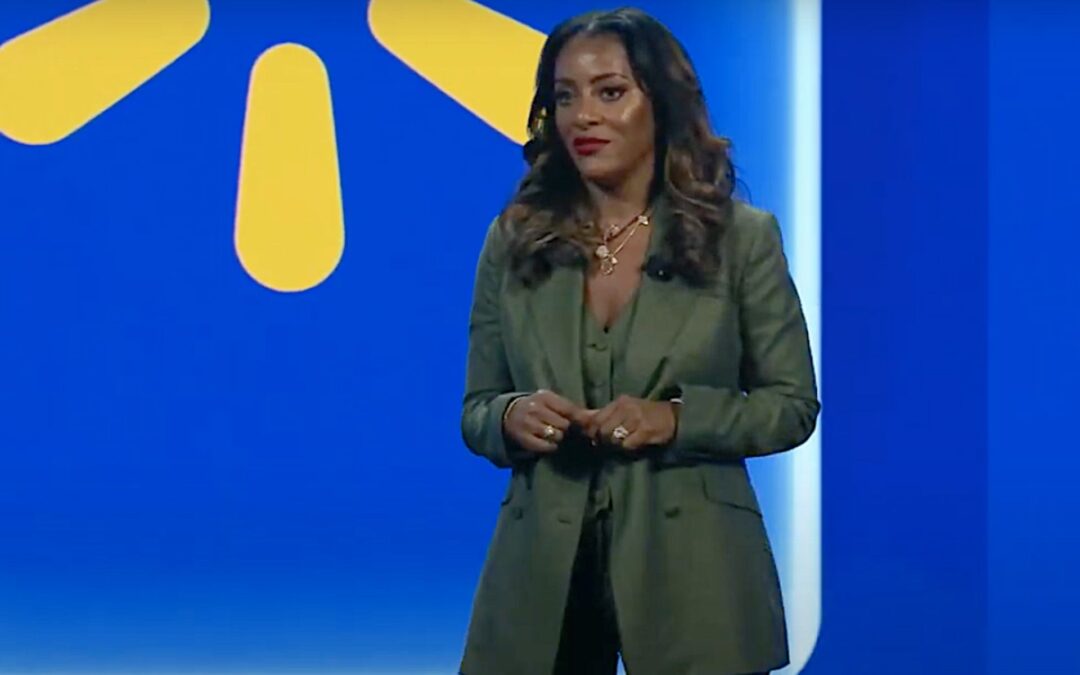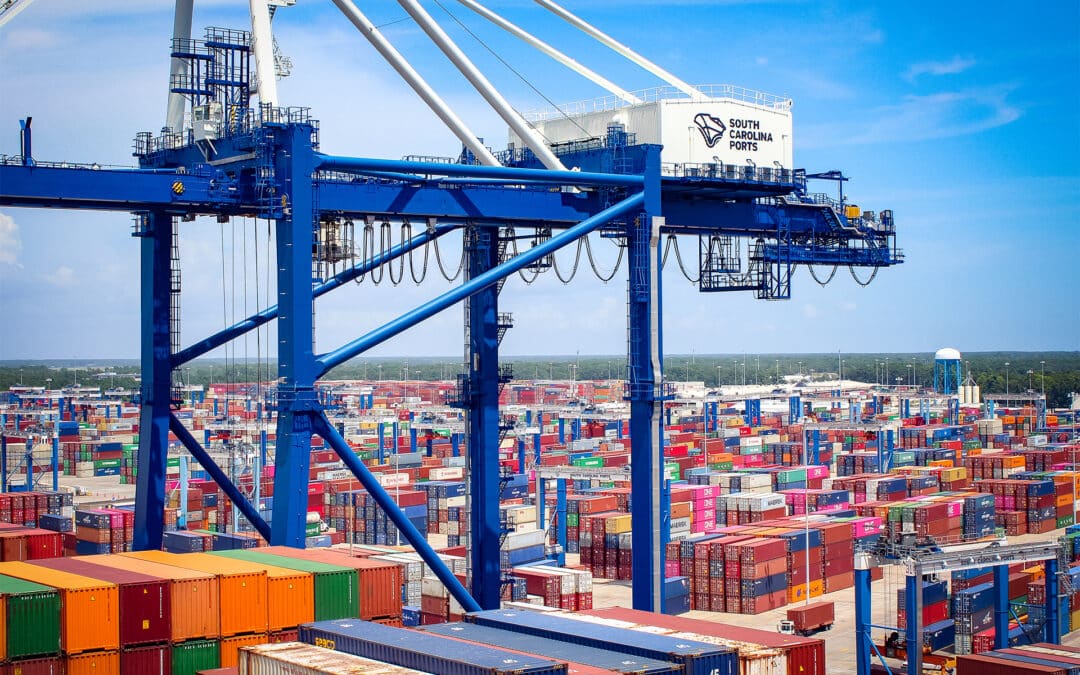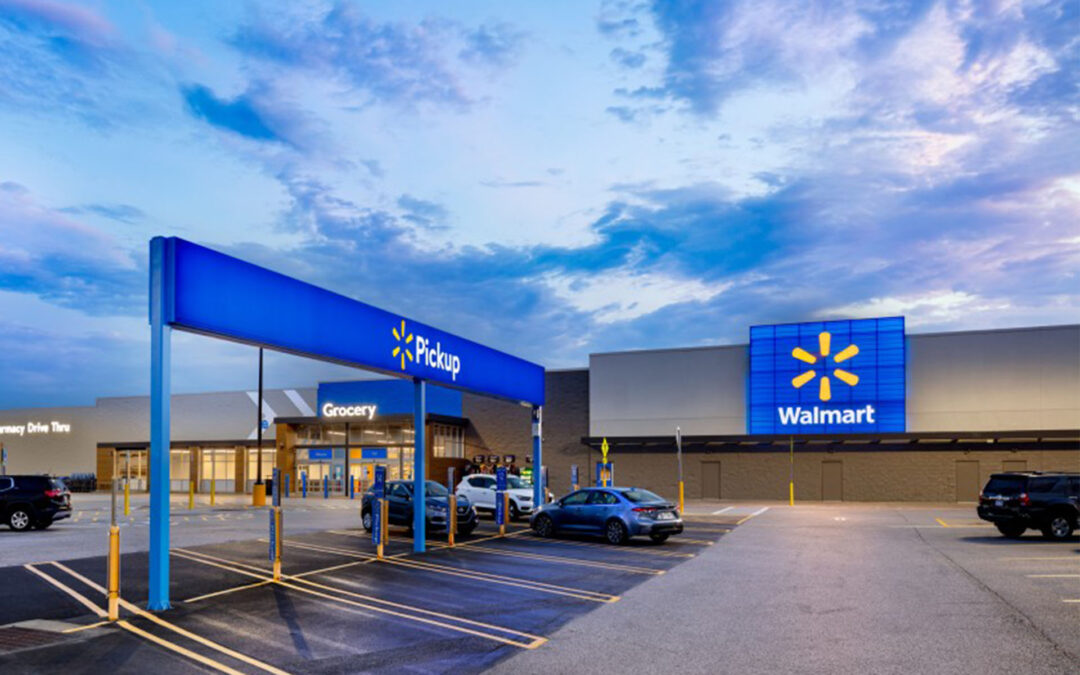Amazon has decided to scale back its Just Walk Out checkout technology and rely on its Dash Cart in its Fresh supermarkets, but the company still believes automated technology is the future of in-store checkout.
In a blog post by Dilip Kumar, vice president of AWS Applications, said the Dash Cart is more than a wagon-mounted barcode scanner. Rather the cart takes the on-board payment method a step further using the same advanced, computer vision technology as Just Walk Out , but in a portable device that accompanies the shopper. Just Walk Out isn’t going away completely at Amazon, as it is still in use in smaller Amazon retailer, such as Go convenience stores, and with partners such as Hudson, which uses the technology in its Nonstop locations. However, after a reconsideration, Amazon changed its approach to checkout in its Fresh supermarkets.
Kumar pointed out:
In these larger stores, along with skipping the line at checkout, Dash Cart serves as a shopping companion that travels through the store with a customer, helping them locate items with an on-cart screen featuring maps and navigation, and receive personalized shopping experiences, all while tracking their savings and spending in real time. As such, we have already begun expanding Dash Cart to all Amazon Fresh stores as well as third-party grocers.
For grocery and other large-format stores in which the number of items purchased and total spend can be considerably higher than in smaller locations, Kumar noted, a lot of customers told Amazon that running a shopping tally is important to them as they manage their budgets. Customers also welcome ability to weigh produce and keep tabs on the cost of bulk items before they check out. Dash Cart addresses those concerns.
Yet, Kumar also touted the advantages of Amazon One palm scanning technology:
Regardless of the size or format of the store, shoppers tell us they like the security and convenience of Amazon One, our palm recognition service. Amazon One allows shoppers to securely checkout with nothing more than the palm of their hand by looking at both the palm and its underlying vein structure to create a unique palm signature for identity matching. Amazon One is available at any one of the 500 plus Whole Foods Market stores in the U.S., several Amazon stores, and over 150 third-party locations in stadiums, airports, fitness centers, convenience stores and more. Amazon One has been used more than eight million times, and over 80% of shoppers who use Amazon One at Amazon and Whole Foods Market stores choose to use the service repeatedly.
At the same time, Kumar says consumers continue to encounter Just Walk Out technology at Amazon and partner retailers. And sometimes retailers who aren’t partners in no-checkout technology, such as Aldi and Sam’s Club. Many consumers are using such technologies today, but others still haven’t tested the waters. Shopping is an ingrained habit in many respects, and change takes time, he said.
Kumar further pointed out:
We have strong conviction that Just Walk Out technology will be the future in stores that have a curated selection where customers can pop in, grab the small number of items they need, and simply walk out. Even with relatively few items sold per visit, we have already sold over 18 million items in Just Walk Out stores, and there are now more than 140 third-party locations with Just Walk Out technology in the U.S., U.K., Australia and Canada. These include travel retailers, sports stadiums, entertainment venues, conference centers, theme parks, convenience stores, hospitals, and college campuses. The momentum for Just Walk Out stores will continue to grow for two reasons: Customers love the convenience and businesses love the increased sales, reduced theft, and return on investment.
Kumar asserted reports about Amazon monitoring shoppers and inputting their purchases is false. Amazon staff reviews and annotates what is done in stores through artificial intelligence monitoring, but the retailer is not putting what’s shopped, he explained.





